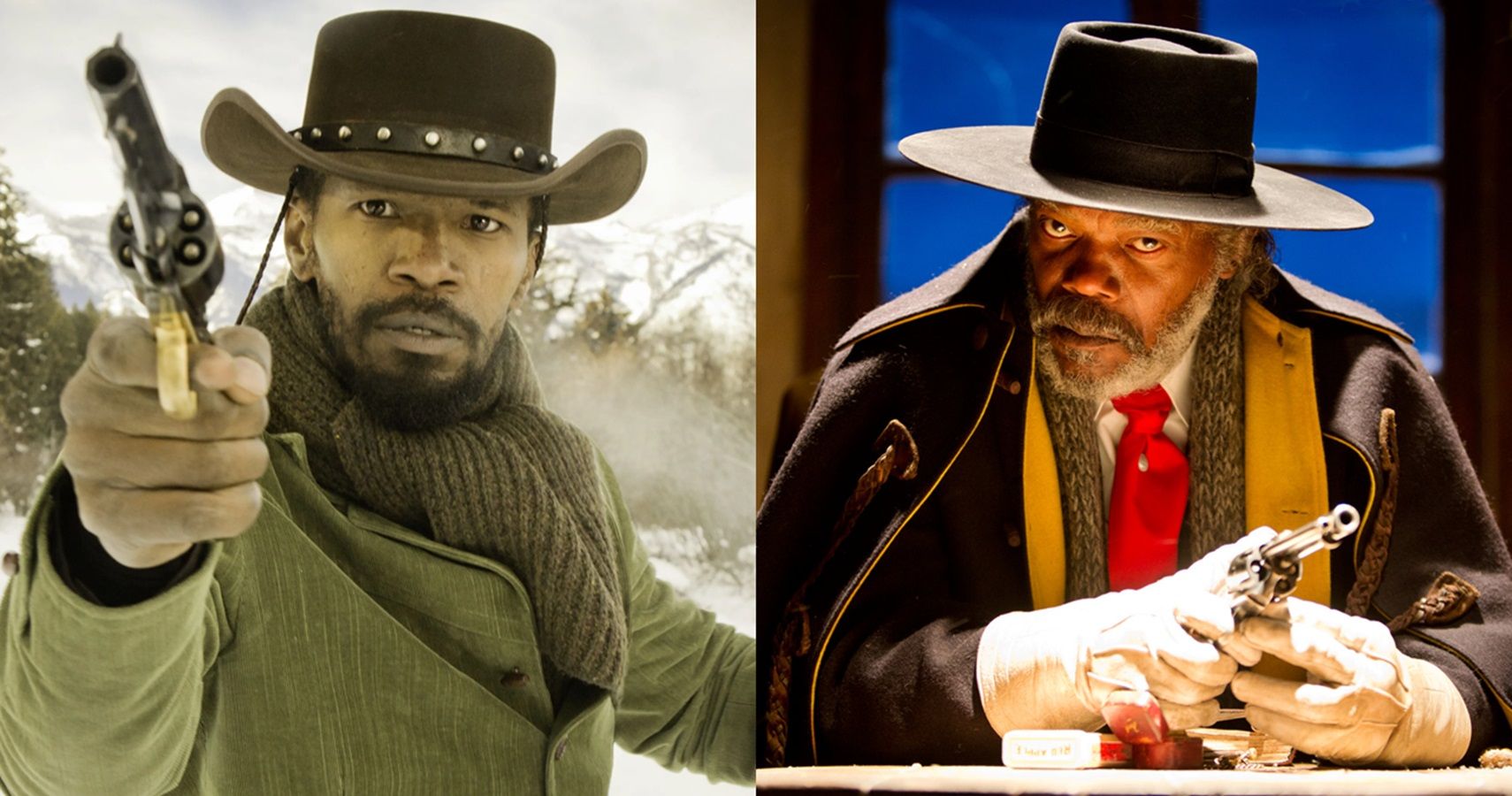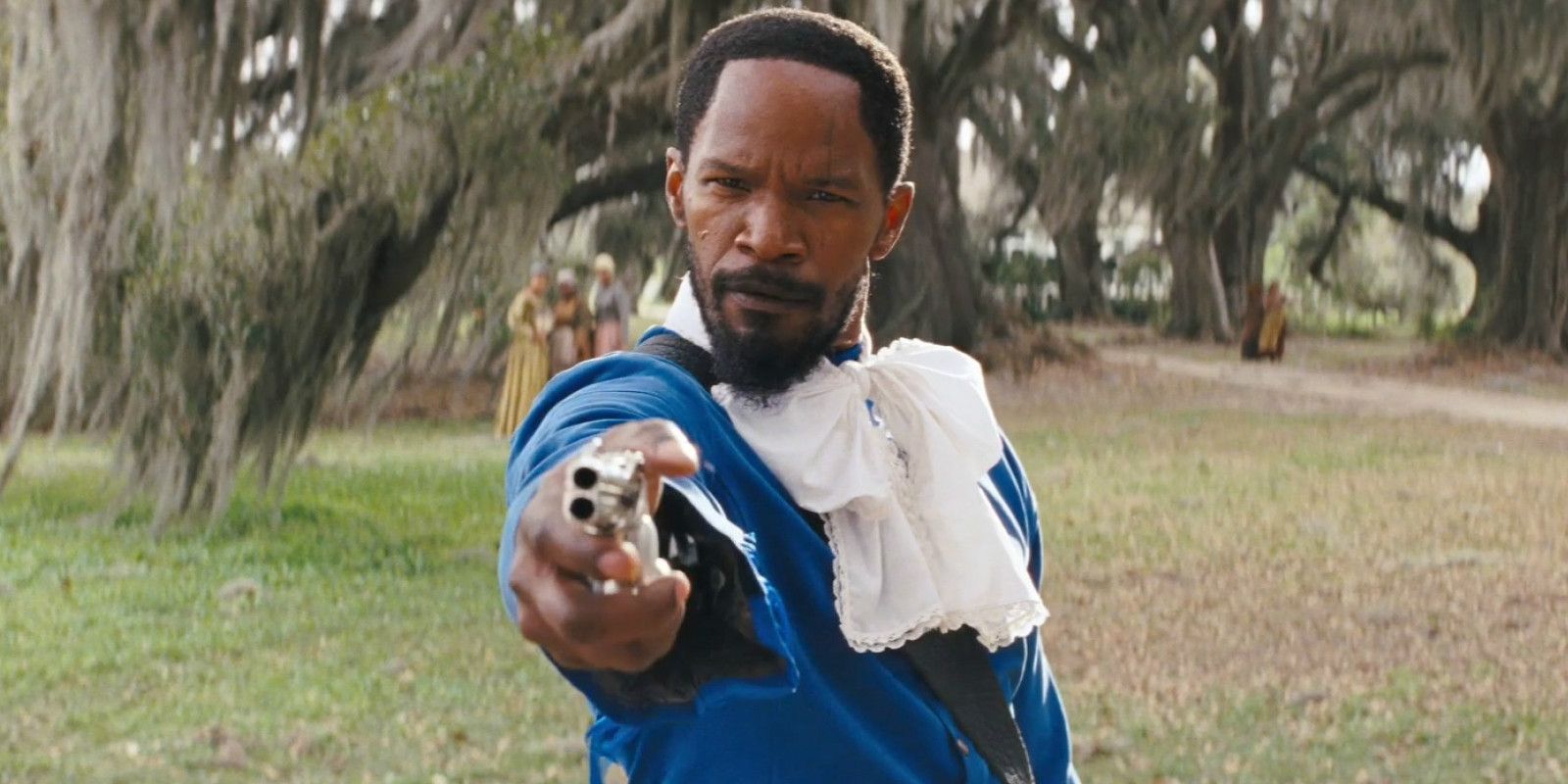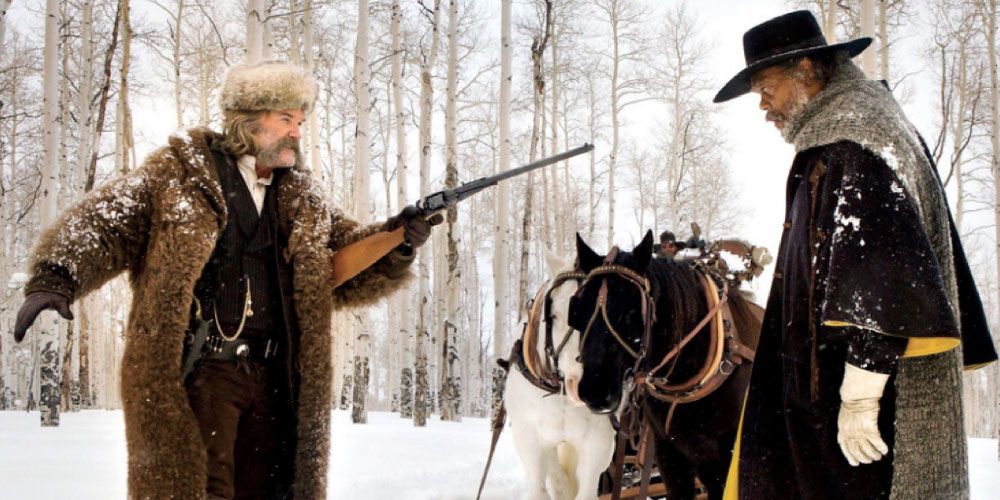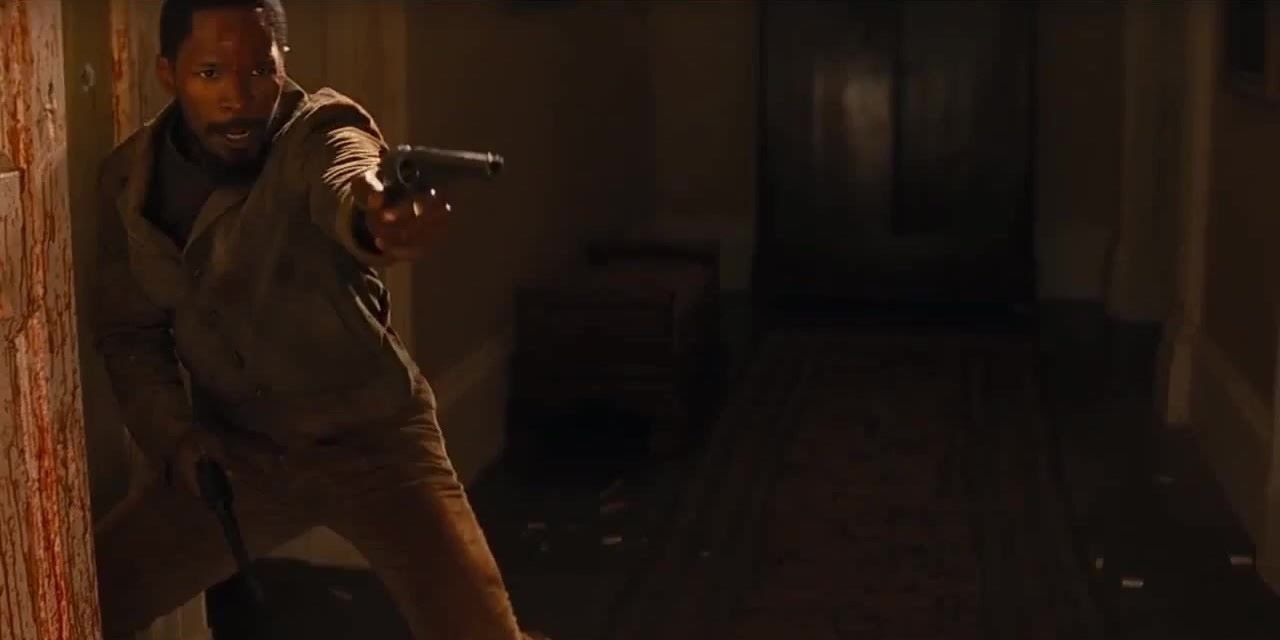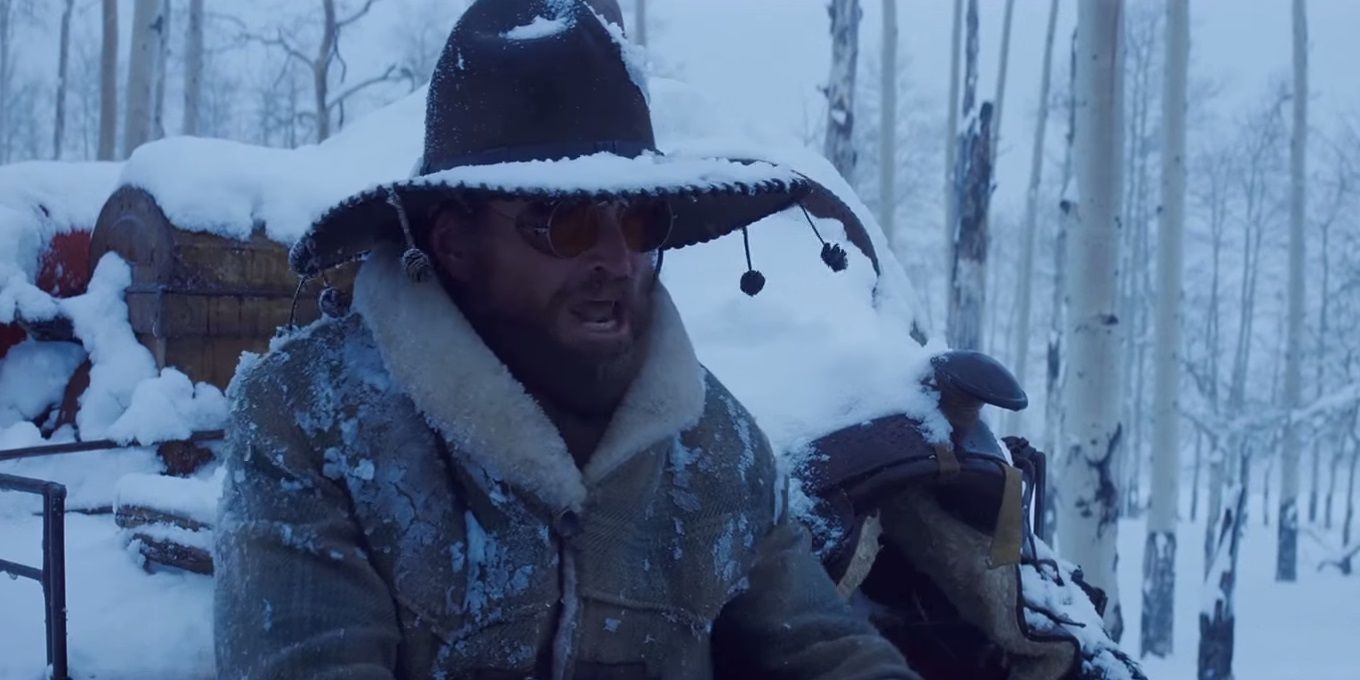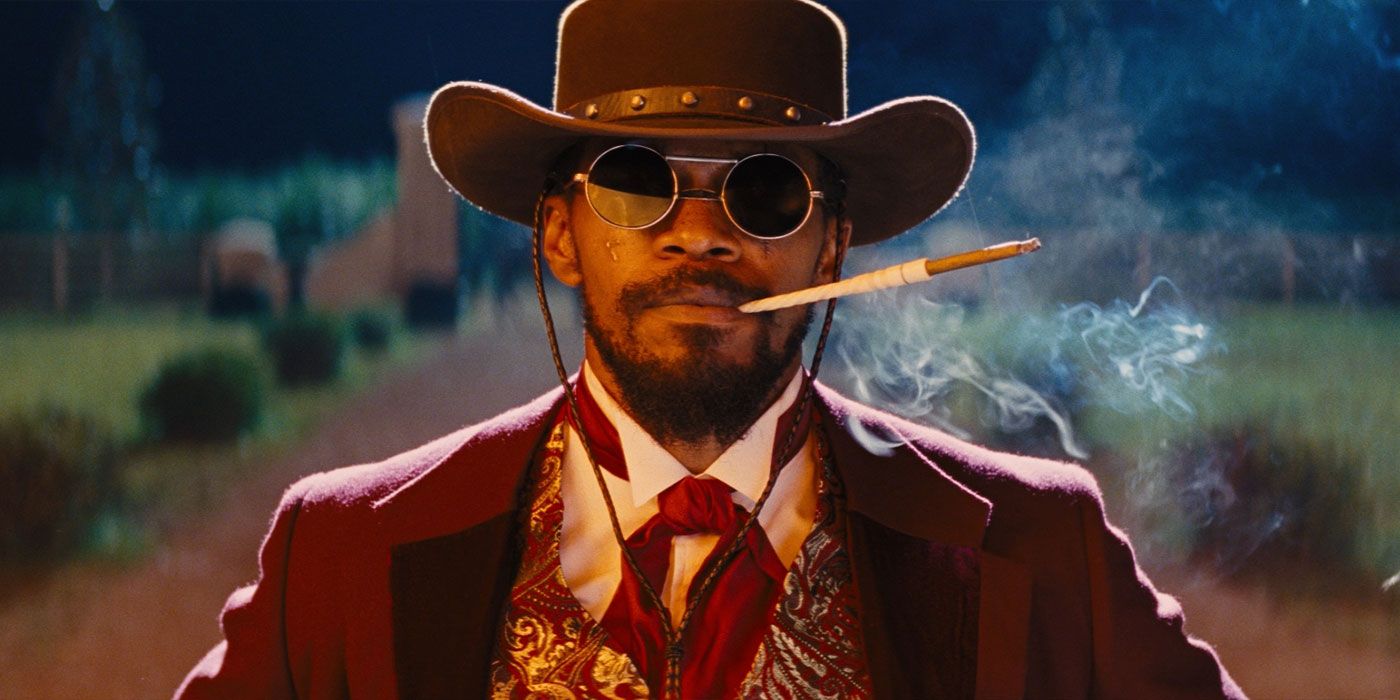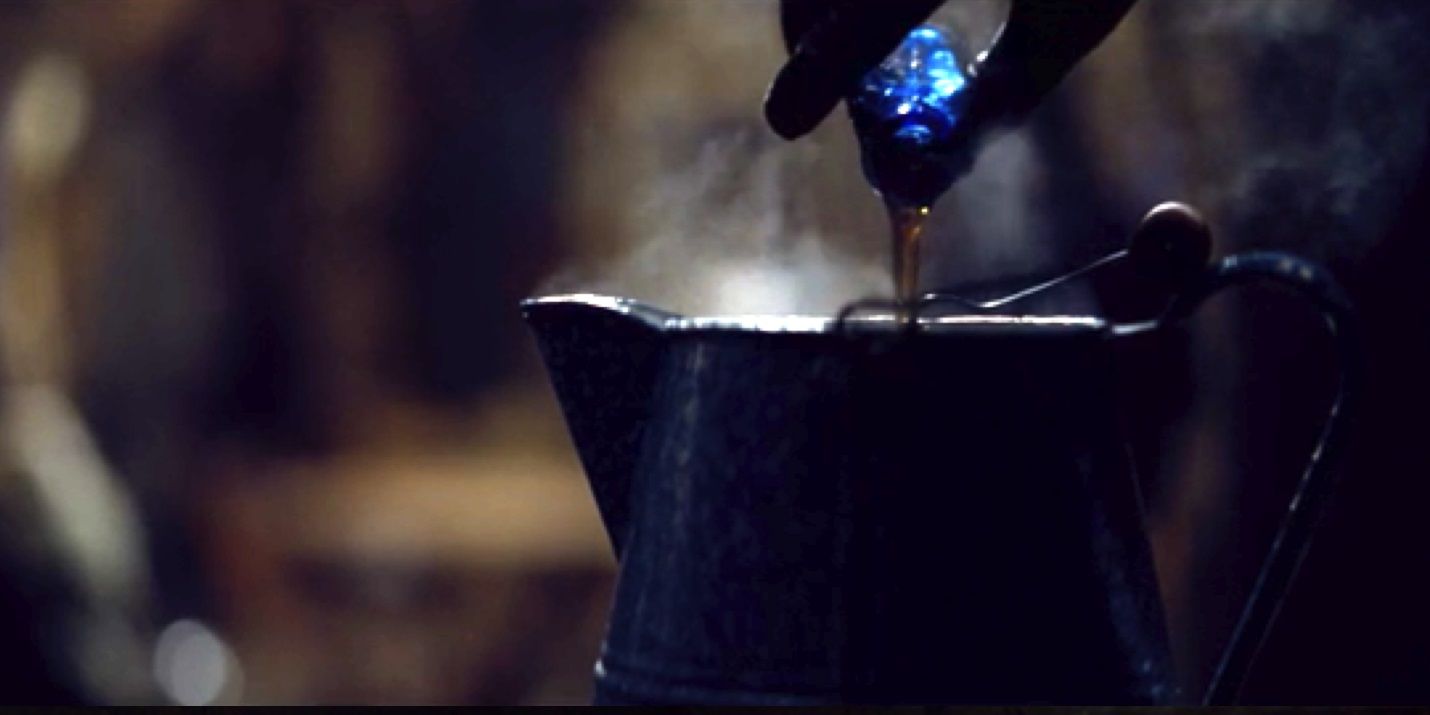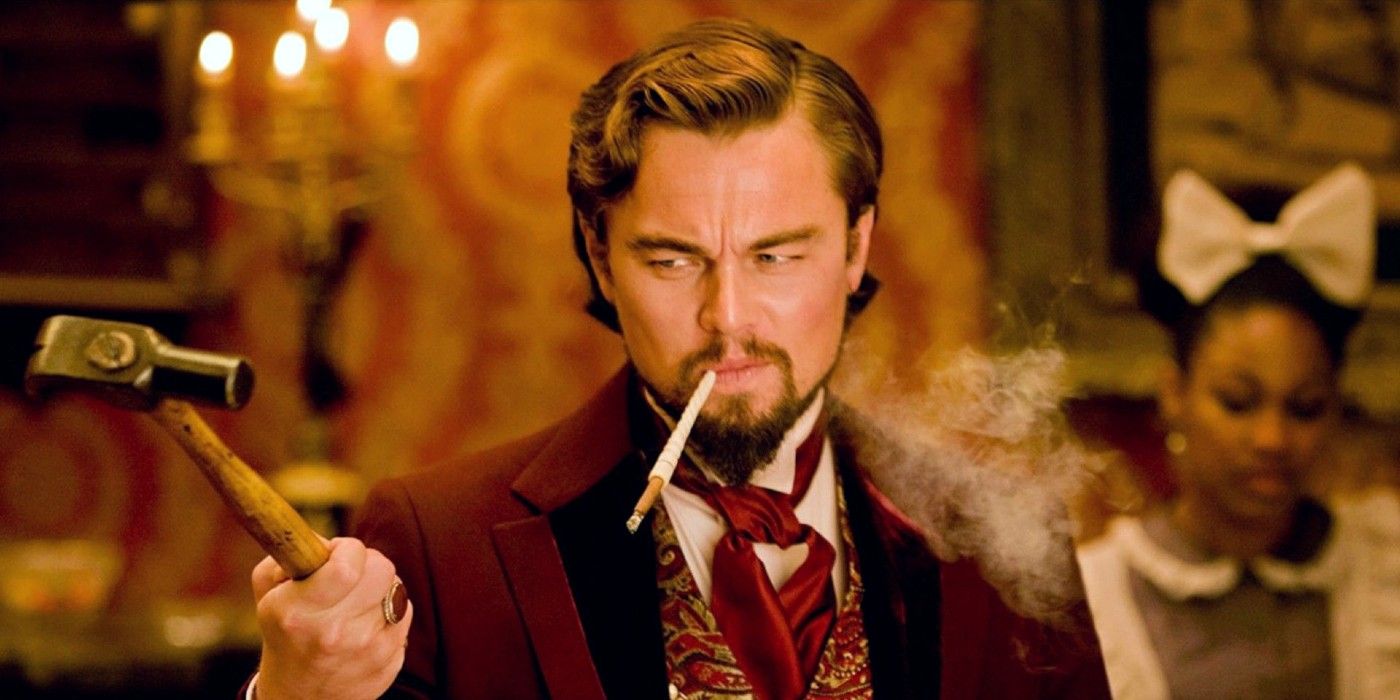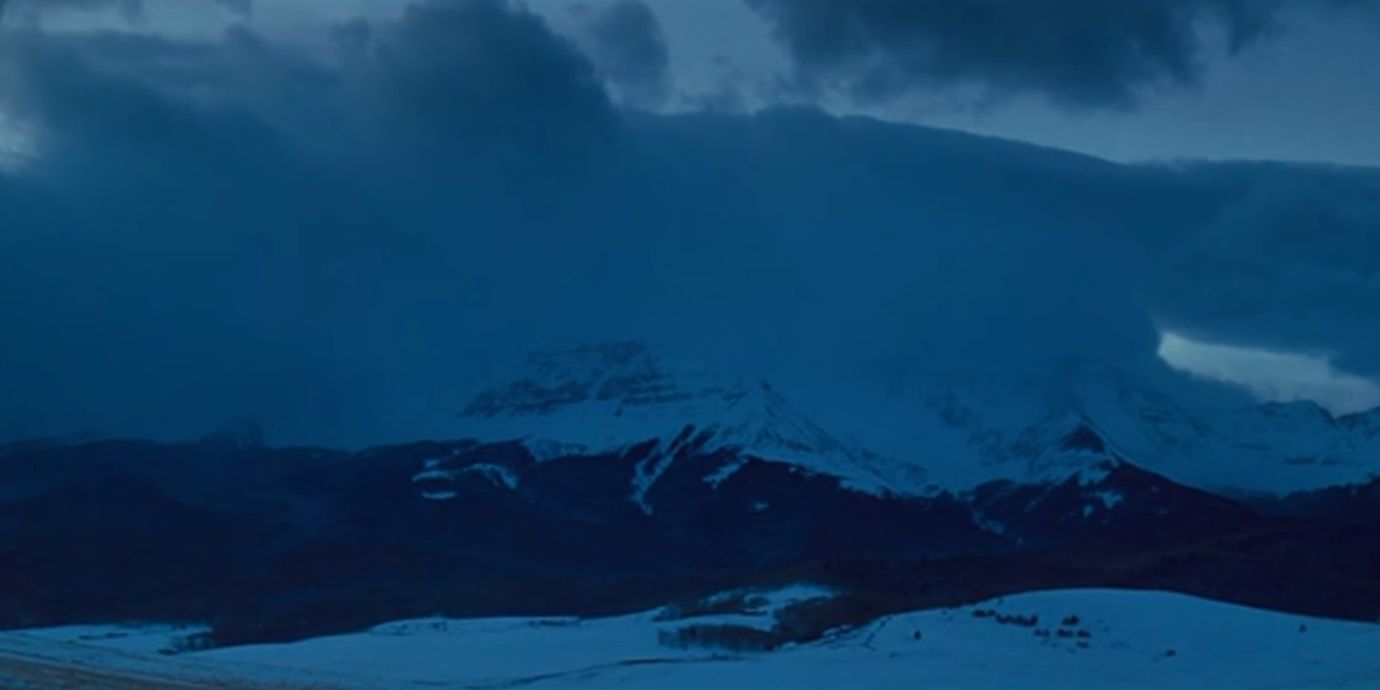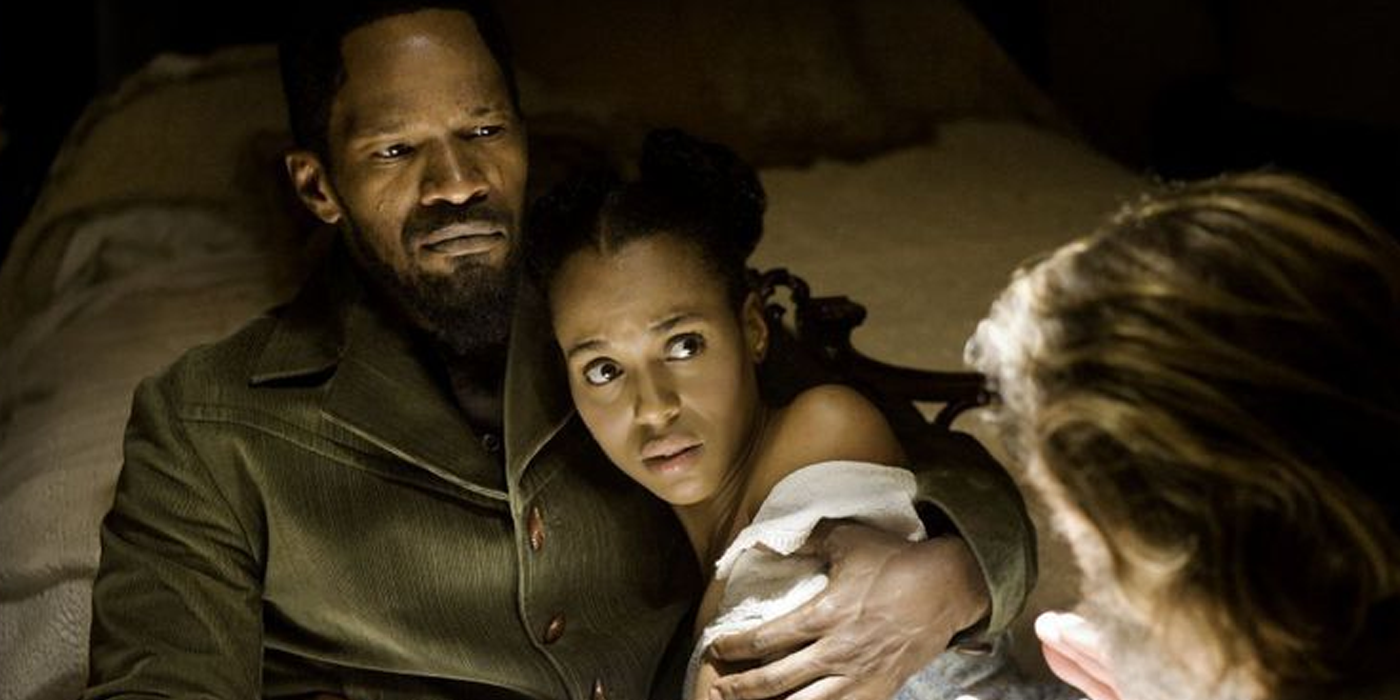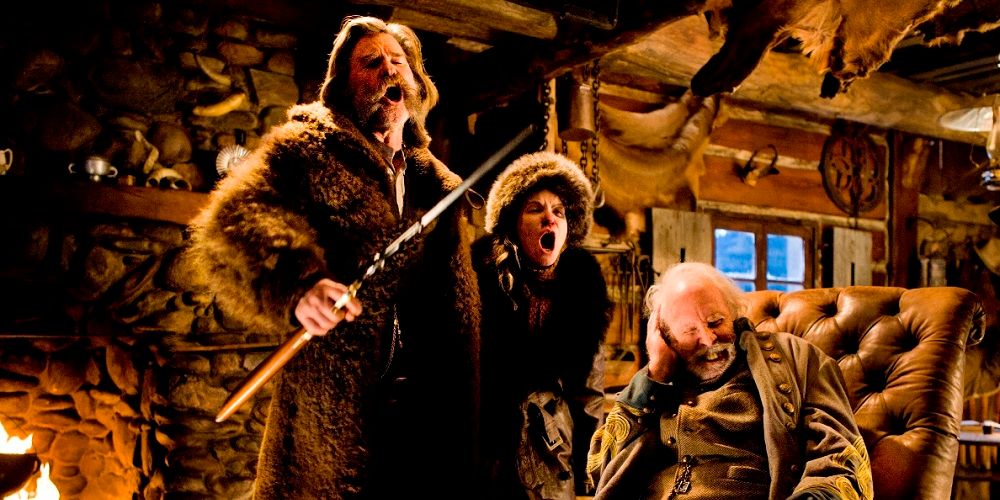Quentin Tarantino has always been heavily influenced by westerns. He considers Sergio Leone’s spaghetti western masterpiece The Good, the Bad, and the Ugly to be his favorite movie, as well as the biggest influence on his career. A number of Tarantino’s non-westerns, like Pulp Fiction and Kill Bill, have elements of a spaghetti western peppered in.
The director didn’t contribute a movie to the genre itself until he’d already made six features (or seven, depending on the metric), but Django Unchained was well worth the wait. His following movie, The Hateful Eight, was a western, too, and while it wasn’t quite as great as Django, it was a close runner-up.
Django Unchained Is The Best: It Tackles A Difficult Part Of History
The earliest westerns have law-enforcing sheriffs celebrated as heroes and Native Americans painted as villains. Part of why the genre died out is that audiences came to realize that history isn’t as black-and-white as the movies were making out to be.
Inspired by the Italian western’s penchant for tackling difficult parts of the past, Tarantino made a western about the most shameful and challenging chapter in American history.
The Hateful Eight Is A Close Second: The Ensemble Cast Is Impeccable
There is no star of The Hateful Eight — although if there was, it would be Samuel L. Jackson, as he’s the one whose character’s perspective we follow from the start — because the story revolves around its titular ensemble.
There’s no dead weight in the cast, with everyone from Tarantino regulars like Tim Roth and Michael Madsen to newcomers like Jennifer Jason Leigh and Demián Bichir giving memorable turns.
Django Unchained Is The Best: The Action Sequences Are Mind-Blowing
After helming the House of Blue Leaves battle in Kill Bill: Volume 1 and the movie theater massacre in Inglourious Basterds, there was little doubt that Quentin Tarantino was a great director of action.
But if there was any doubt, Tarantino delivered one mind-blowing action set piece after another in Django Unchained to secure his spot on the list of the greatest all-time action filmmakers.
The Hateful Eight Is A Close Second: Ennio Morricone’s Oscar-Winning Score Creates A Tense Atmosphere
Tarantino was apparently disappointed when he first heard Ennio Morricone’s score for The Hateful Eight, because he was expecting a sweeping Leone score and instead got a tense Carpenter score. But the late, great composer wrote the perfect music for the movie.
He didn’t see it as a western, so he wrote a horror score, and it worked spectacularly. The Hateful Eight has been accused of being overlong at almost three hours, but Morricone’s Oscar-winning score is so great that it sustains a tense atmosphere throughout the entire runtime.
Django Unchained Is The Best: Django Freeman Is One Of The Genre’s All-Time Greatest Heroes
The western genre has a number of iconic heroes, from True Grit’s Rooster Cogburn to the Dollars trilogy’s Man with No Name to Shane’s, well, Shane. In 2012, another hero was added to the list of the genre’s all-time best: Django Freeman.
His transformation from slave to a bounty hunter is compelling, his quest to rescue his wife makes the audience root for him, and Jamie Foxx brings him to life in glorious fashion.
The Hateful Eight Is A Close Second: The Mystery Is Engaging
At its heart, The Hateful Eight is a mystery story. Eight people are stuck in a haberdashery and it becomes clear that at least one of them isn’t who they say they are. The audience has a ton of questions and spends the movie waiting for the answers.
Tarantino did something a little different in writing the mystery. Rather than figuring out the twist ending and then working backwards, he decided not to know any more than the characters themselves knew and waited for the twists to reveal themselves to him. This technique wouldn’t work for everyone, but it did work wonders here.
Django Unchained Is The Best: Calvin Candie Is One Of The Genre’s All-Time Greatest Villains
Just as Django is one of the western genre’s greatest heroes, his sadistic adversary Calvin Candie is one of the genre’s greatest villains. Tarantino has said that Candie is the only character he’s created that he really hated.
There was something he could like about all the others, but for all his Southern charm, the plantation owner played by Leonardo DiCaprio is utterly reprehensible. Even S.S. Colonel Landa from Inglourious Basterds was just a guy trying to do his job well; Candie is even worse than him.
The Hateful Eight Is A Close Second: Robert Richardson’s 70mm Cinematography Is Breathtaking
Tarantino dug out some of Panavision’s old anamorphic lenses — the ones used to shoot movies like Ben-Hur and How the West Was Won — to make The Hateful Eight look as cinematic as possible in the 2.76:1 aspect ratio. Robert Richardson’s use of these lenses created some truly breathtaking cinematography.
It was a curious decision to use such giant lenses to shoot a movie set mostly in one room, but it ended up working beautifully as the lenses made the room feel huge and brought out the tiny details and nuances in the cast’s performances.
Django Unchained Is The Best: It’s A Fairy Tale At Its Core
At its core, Django Unchained is a fairy tale. Django’s quest to save Broomhilda is akin to a knight’s quest to save a princess from a tower. In fact, before they embark on said quest, Dr. Schultz tells Django that his wife’s name is taken from a German folk tale about a warrior who goes through hell to save his wife.
The love between Django and Broomhilda is what gives the movie a beating heart. It’s the driving force behind all the bloodshed, and gives it some emotional substance.
The Hateful Eight Is A Close Second: It Harks Back To Tarantino’s First Movie
As a blizzard hits in the opening act of The Hateful Eight, the eponymous octet is snowbound in a haberdashery. No one is getting in or out for the foreseeable future, and none of them know anything about each other.
This tense, claustrophobic situation harks back to the central conflict in Tarantino’s first feature, Reservoir Dogs, in which a bunch of criminals who only know each other by code names are holed up in the rendezvous spot after a heist gone wrong with the knowledge that one of them is an undercover cop who set them up.

